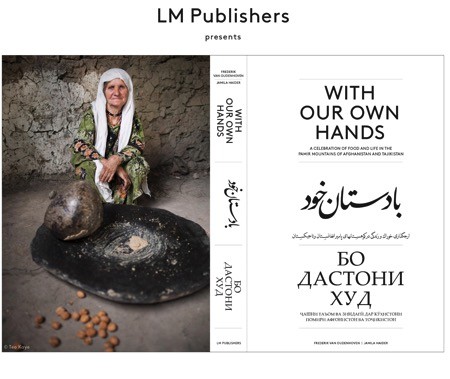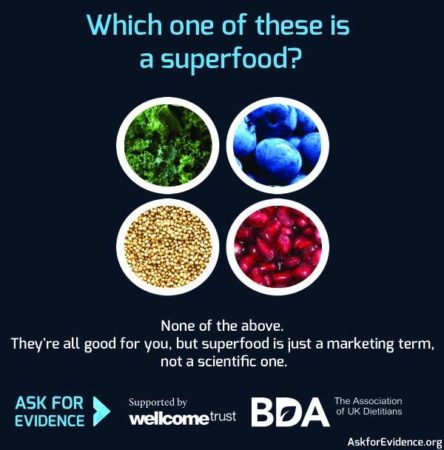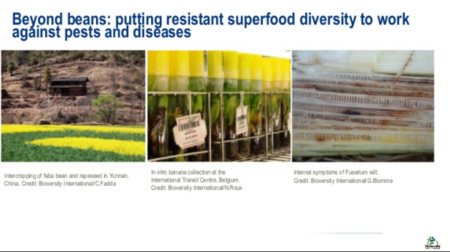- Aussie native vegetables on the menu. No Latin names, but Rhizowen Radix tell me: youlk = Platysace deflexa; kulyu = Ipomoea calobra.
- Another non-scientifically named plant is set to save the Amazon. Turns out it’s Ilex guayusa. Probably.
- World Bank to build genebank in Bolivia.
- World Coffee Research puts out nice variety catalogue.
- Our paper of a couple of years ago on globalized diets makes it to Scientific American and gets mashed up with the latest one.
- Purple patch for Purple Straw?
- Yes, you can garden clams.
Nibbles: Agroecology, Seaweed, Groundnut genomes, Roman food, Nature
- It’s not the science, stupid.
- More kelp, sir?
- New genome promises
world dominationnon-allergenic peanut. - The diet of Roman soldiers in Glasgow could have been worse. But did they have take-out?
- There is no more Nature, capital N.
With our own award

You remember this book, right? We enthused about it over a year ago when it first came out.
An old friend, Frederik van Oudenhoven, and his friend and colleague Jamila Haider, are deep in the proofs of what looks to be a wonderful book. With Our Own Hands “tells, for the first time, the cultural and agricultural history of the Afghan and Tajik Pamirs, one of the world’s least known and most isolated civilisations”. Should be a great read, with stunning photographs to accompany the local recipes, essays, stories and poetry. Better yet, generous donors are allowing 1800 copies to travel back to the Pamirs to be given to communities, schools, cooks and libraries.
Well, Fred and Jamila have now won the 2016 Gourmand World Cookbook Award, the Oscars of the cookbook world. You can see photos on the book’s Facebook page. And all without mentioning superfoods. Congratulations!
And by the way, you can listen to Fred talk about the book with Jeremy on Eat This Podcast.
Not so superfoods
Nice to see what I hope is the beginning of a “superfoods” backlash, spearheaded by Sense About Science and their Ask For Evidence campaign, together with the British Dietetic Association:

Bioversity’s DG Ann Tutwiler gave the compellingly titled presentation On NOT finding the world’s next superfood at the Kew shindig a couple of weeks back, but, annoyingly, undermined her own message on the importance of agrobiodiversity for diverse diets by repeatedly using the term she was supposedly debunking. 1

The BDA message is much more straightforward.
Nibbles: Heirloom rice, Kava traditions, State turnip, Japanese paper, Potato Day, Madagascar invasion
- There’s Carolina Gold in them thar hills. Latest in a long list…
- Kava in the Pacific, island by island.
- A really ugly heirloom turnip is Vermont’s state vegetable. In other news, there are state vegetables.
- This video will make you want to make your own paper, I guarantee it.
- Oh come on, we missed Peru’s National Potato Day?
- Crop remains confirm Malagasy origins. But was Carolina Gold among them? Here’s the paper.